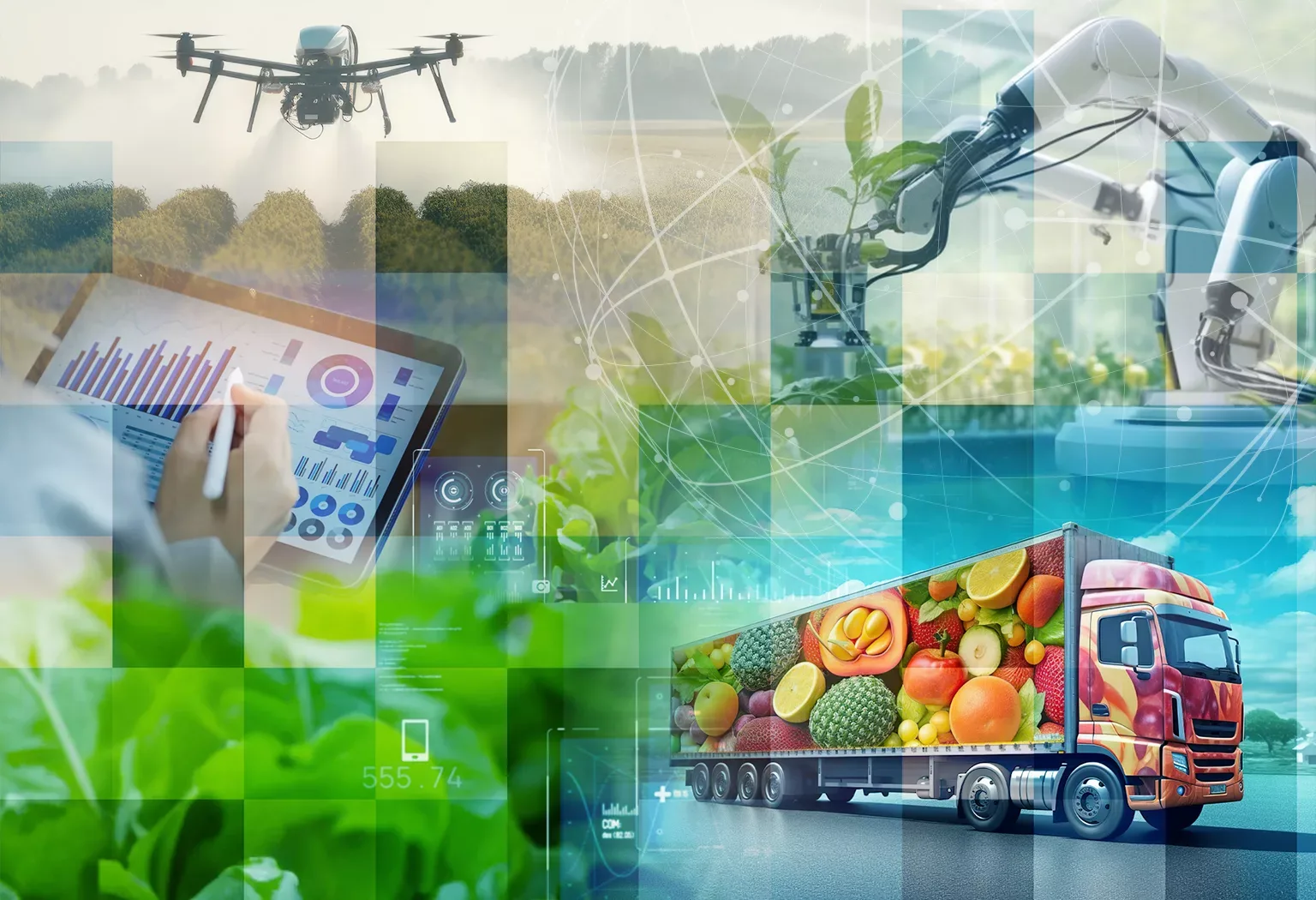Juandre de Jong, Senior Vice President of Products at RedCloud, discusses the multifaceted nature of the global food supply chain and how technology is making revolutionary changes by streamlining and equalising the vast industry.
Q&A WITH JUANDRE DE JONG, REDCLOUD
Can Technology Help to Secure the Food Supply Chain?
The last few years have highlighted just how easily the food supply chain can be disrupted. A combination of factors has led to devastating food shortages in some places and price hikes in others, underscoring the need to build resilience in the global food marketplace.
What is going wrong with the global food supply chain?
The global food supply chain is multifaceted. Rather than simply moving from producer to retailer, goods are processed by near-endless intermediaries, creating complex infrastructure that is open to error and abuse and makes addressing supply chain disruptions so difficult. But before you can find a solution, you first have to really understand the problem, which can be broken down into three main areas.
- A lack of contemporary technology– In the UK, US, Europe, and Australia, access to technology is taken for granted. But for many of the world’s fast-moving consumer goods (FMCG) producers, the contemporary technology routinely relied upon by richer economies simply isn’t there. Leading to a reliance on slow, manual processes which can be fallible.
- A cash-based payments system – Where there is no contemporary technology, there can be no digital payments system, meaning that most emerging markets and developing economies (EMDE) producers are dependent on cash. This raises a range of problems as cash isn’t just slow-moving, it is expensive to handle and leaves no digital traces. This can mean that producers have no reliable trading records, which in turn can mean that they are unable to access credit, which can prevent growth and hinder even basic functions, such as equipment repair.
- A lack of data – Again, because of this absence of technology, there is an absence of the data that powers most of the businesses of richer economies. Producers are unable to make truly informed decisions; they have no fixed knowledge of which of their goods are being sold and where, or who their merchants might be. This means that they are forced to make blind decisions, which can lead to mistakes and hinder growth.
But with the right technology, all of these issues can be addressed. Additionally, with the correct technical infrastructure, it could become possible to both enhance the overall efficiency of the global food supply chain and protect it. Helping to reduce the risk of food shortages in EMDEs and lower prices for global consumers could at the same time enhance profits for producers.
Why don’t producers have access to the tools they need?
The problem with supply chain tech is that it has been created and dominated by the world’s biggest retail and e-commerce players. They have developed their own distribution networks in order to serve their particular requirements. In doing so – whether accidentally or with intent – that handful of brands has successfully prevented millions of smaller producers, distributors, and retailers from accessing the goods they need but only produce a fraction of the goods required by the global marketplace. Seeking to cement their position, these big brands have continued to erect barriers that have prevented smaller businesses from growing, evolving, and providing the food products the world needs, compromising the global food supply chain.
How can we give producers the technology they need to address the food supply chain problem?
The primary way that governments and businesses can help secure the food supply chain is to provide access to open source technology. All producers, distributors, suppliers, and retailers need to have access to the technological tools that will allow for the creation of a secure and resilient food supply chain – this means three specific things:
- Access to data – Empowering decision-making, productivity, the ability to supply demand, and maximising efficiency. When producers know in real-time who is buying their products, where their customers are, and in what geolocations the demand for their products is the highest, they can change their processes to meet the needs of the customer and bring growth to the business.
- Access to digital payments – With digital banking comes a traceable credit history, which in turn opens the door to credit. And with credit comes the potential for growth, enabling producers to enhance their operations to match the prowess of their US and European counterparts, boosting their production rate as a consequence.
- Access to productivity tools – Artificial intelligence (AI) and machine learning (ML) have become almost standard parts of production for most western producers because they build efficiency, productivity, and profitability. Without these things, no EMDE producer will ever be able to compete with brands from richer nations without cutting into their profits.
The FMCG industry is incredibly complex. Billions of individual products are produced by more than half a million manufacturers worldwide, then handled by at least 25 million distributors in order for food to reach the people who need it. But until we take steps to streamline and equalise those processes, food shortages are going to continue. With over 200 million people on the brink of a food crisis already, the world can’t afford any further delays.


















